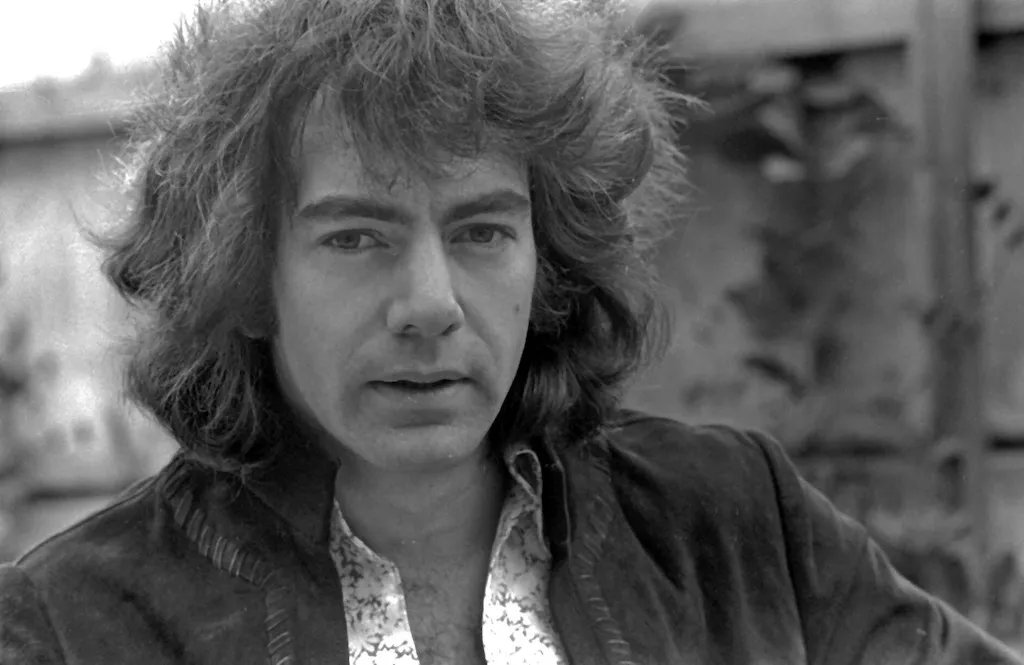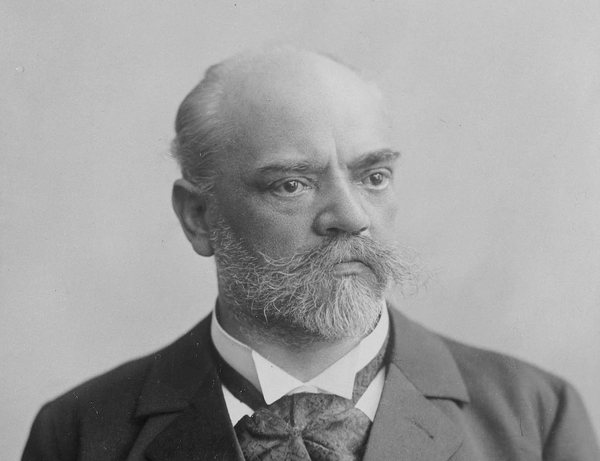Mozart’s Song Sung Blue

I remember Saturdays in Don Bosco being somewhat festive, because at 11 o’clock the school intercom would play music from the Radio Ceylon station. I’m not sure if this was for the whole school, but this was certainly true for the primary section which I was in, during the early 1970s.
It was in retrospect a turbulent time for my brother and me linguistically, as we had to discard the German we had learned to speak from birth, and pick up English and Konkani. (Any Portuguese we picked up by osmosis was a bonus, not really necessary to get by).
There were some comic mix-ups as a result. For quite a few years I thought ‘Obladi-Oblada’ was an English nursery song, and ‘Guantanamera’ was a Hindi song for children, as they were sung to us by our kindergarten teachers in Cristo Rei, in which we were enrolled before switching to Don Bosco when I was in second grade.
The first time I heard Neil Diamond’s 1972 hit ‘Song Sung Blue’ was on Radio Ceylon, thanks to the Don Bosco Saturday intercom.
You can imagine the confusion the song title alone sowed in a seven-year-old first-time English learner. The conjugation tense seemed wrong, and how could you sing a song in a colour? And then it went one to say “everybody knows one” (I didn’t), and that every garden grew one! Gardens grew songs?! By the time Diamond got to the next verse about the song “weeping like a willow” and “sleeping on my pillow” I just gave up trying to make further sense of it.
Today, of course, it makes perfect sense, the universality of sadness,” the blues” (“Me and you are subject to the blues now and then”, which is why “everybody knows one” and “every garden grows one”). But even though you may sing it with “a cry in your voice”, due to the cathartic healing quality of music, “before you know it, it gets to feeling good; you simply got no choice,” It’s a “funny thing” indeed.
Eloquent lyrics, to be sure. But what sticks in the memory even if we can’t remember all the lines, is the tune.
The melody was ‘inspired’ by the second movement of Piano Concerto 21 in C major (K. 467) by Wolfgang Amadeus Mozart (1756 -1791).
My own introduction to this Mozart work came only somewhere in the 1990s, during the cassette boom. At first it was just this movement, courtesy French pianist Richard Clayderman with a very schmaltzy syrupy backing ensemble that put a glaze over everything, obliterating any subtlety or nuance. It was titled ‘Elvira Madigan’ with no explanation.
A little later, another cassette (I think it was Svjatoslav Richter with the Philharmonia Orchestra under Riccardo Muti) let me hear the whole concerto. In those days a certain whiskey brand partnered with the HMV (His Mater’s Voice) label to present ‘Vintage Virtuosos’, tastefully packaged in sets of six cassettes, and a representation of Peter Paul Rubens’ 1620s painting ‘The birth of Louis XIII’ at the front. I don’t know how much they boosted whiskey sales, but the cassettes certainly expanded my listening repertoire.
Mozart was at the height of his fame as pianist and composer at the premiere of this work at Vienna’s Burg Theater on 9 March 1785. He had written it just a month after his D minor Piano concerto no. 20, and would write four more in the next 21 months. His father Leopold Mozart was visiting his son (the last time father and son would see each other) and called it “astonishingly difficult.” (Incidentally, 10-year-old Ayaan Deshpande recently performed it with the SOI Chamber Orchestra).
Its second movement, Andante, is sometimes called the Andante-rêve (‘Dream’ andante) for its other-worldly quality, the main theme emerging from muted strings, triplets pacing duple time. Some harmonies were so experimental for their time that Leopold called them “wrong sounds”, quite sure they must be a copyist’s error. But it was met with enthusiastic applause, and “many [in the audience] were in tears.”
That was Mozart. The bitter-sweet wistfulness of this movement may or may not have had any autobiographical reference. But it has been consistently poached for its tear-jerking ability.
Which brings us to its other moniker, ‘Elvira Madigan.’ I’ve only recently watched the eponymous 1967 Swedish romantic drama film for which this Andante-rêve is a sort of idée fixe, various segments of it giving emotional depth and context throughout its duration.
Elvira Madigan was the stage-name of circus acrobat Hedvig Antoinette Isabella Eleonore Jensen (1867 -J889) remembered for her ill-fated romantic relationship with the Swedish nobleman and cavalry officer Sixten Sparre that resulted in both their deaths in a suicide pact.
The affair began in 1888 after Hedvig/Elvira appeared with her circus act at Kristianstad, Sweden. Sparre, married and father of two, was smitten by her extraordinary beauty and long blonde hair. The film romanticises the relationship, but the truth is probably a tad darker. Sparre seems to have manipulated a young girl with emotional issues, threatening to shoot himself if she didn’t comply. He was heavily in debt, having frittered way the family inheritance.
Their elopement only impoverished them further. The end came on the morning of 19 July, 1889 when Sparre shot Elvira with his service revolver and then killed himself.
A poem was found in Elvira’s pocket in a mixture of Swedish, Danish, Norwegian and German: “A drop fell into the water, faded out slowly/ And the place where it fell/ surrounded from wave to wave/ What was it that fell? /And where did it come from? /It was but a life, / and but a death that came/ to win itself a track. /Now the water rests once again.”
Is this a love story? Or a sad one, a murder of a young woman who some reason came under the thrall (Stockholm Syndrome comes to mind) of this man if uniform (just as he was captivated by her beauty) and got in deeper and deeper until she couldn’t see a way out except through allowing him to kill her? The film left me quite troubled by this question. In all the reviews, positive and negative, of the film, I’ve not seen this angle even mentioned, let alone addressed.
Nevertheless, I think what does unite Mozart’s Andante-rêve, Neil Diamond’s ‘Song Sung Blue’ and the ‘Elvira Madigan’ film is the universality of sadness, and the role music plays in giving it expression, if not always offering a balm or a way out.
This article first appeared in The Navhind Times, Goa, India.





